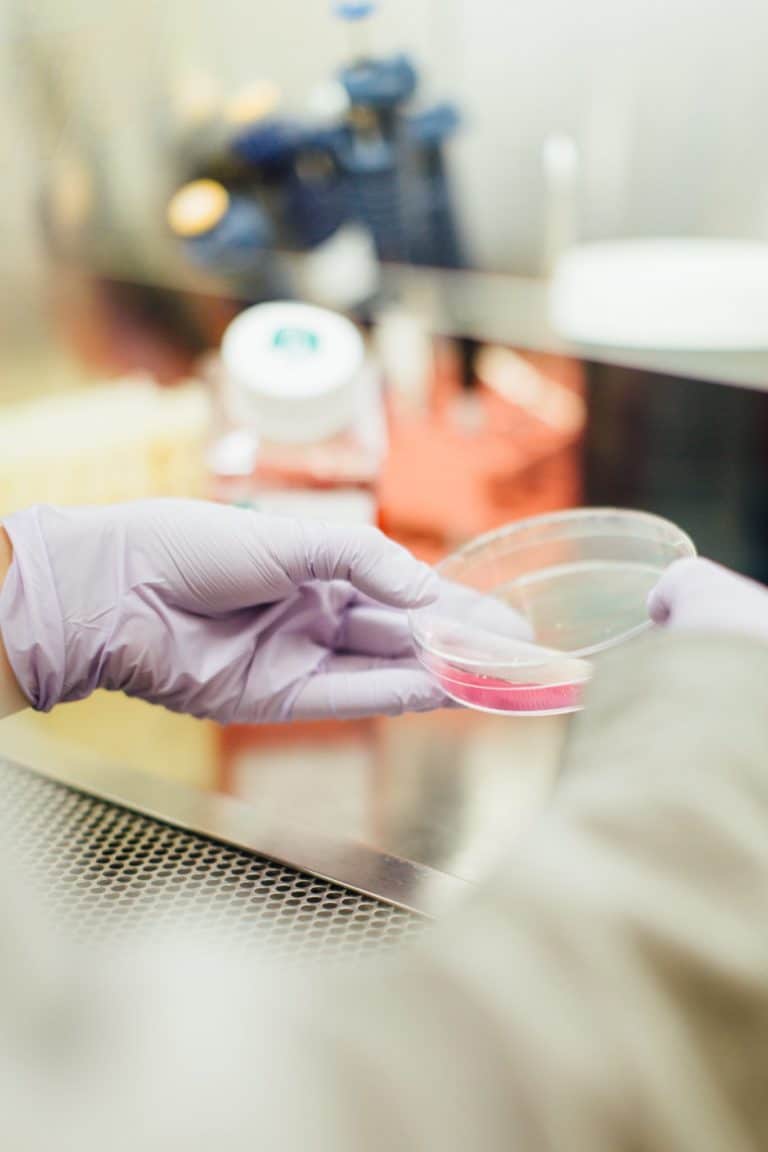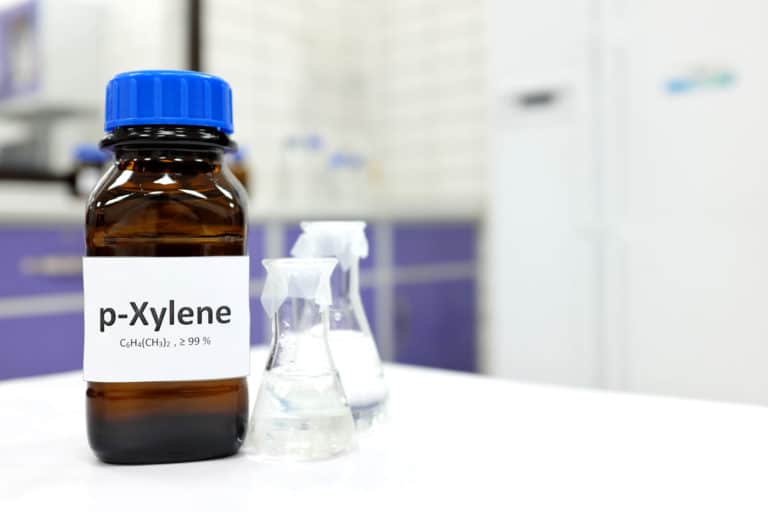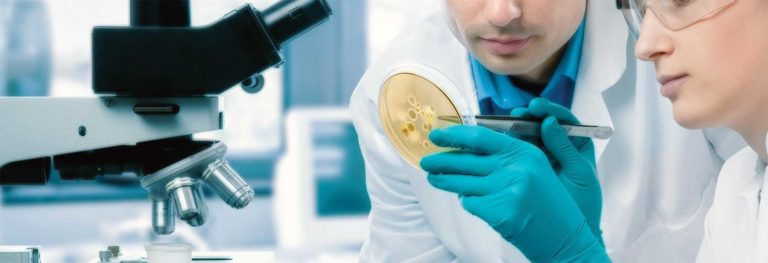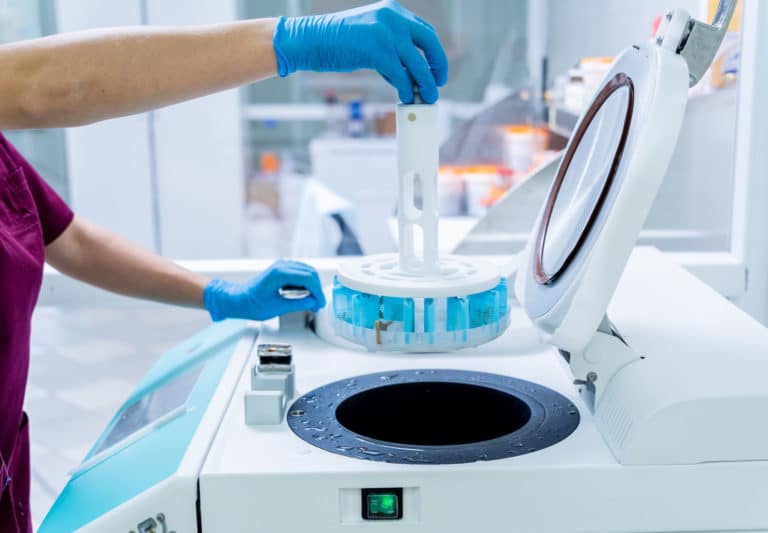Microscope Slide Cover Slips: Tape Vs. Glass
In the lab, histologists know that placing cover slips onto slides is a way of protecting the integrity of the tissue samples they are tasked to closely study. It is vital that tissue samples needed to be examined –or held onto for any amount of time — are safely, and properly, mounted under a cover slip when put under a microscope. But why do we use Cover slips?
Coverslips serve one primary purpose, and that’s keeping any solid or liquid specimens placed flat and evenly so as to allow high resolutions microscopes to focus within their limited region in which they can focus.
Furthermore, the use of cover slips stimulates the quality of a sample’s image under the microscope. Thus, the importance of choosing the cover slip material that best suits your particular sample is crucial to finding the best results for your study.
Determine precisely why you need to produce the tissue slide. If the reason is to simply look at the slide quickly and without haste, in most of the cases glass or plastic typically reveal the same tissue data.
Let’s dive into some of the reasons and uses of tape vs. glass cover slips.
What Is the Purpose of the Cover slip?
Whether glass or tape cover slips are used under a microscope, the ultimate result: ensuring the highest quality data input.
That’s why it is vital to use the right type of cover slip for the particular sample being examined. Every technician in every lab wants to determine the highest quality magnified image data output!
Automated tape coverslipping machines are built for speedy, on-target results — approximately 20 slides a minute. So, routine pathology studies are able to well-study numerous slide-reading lab tasks when needed
Let’s examine what the differences are between the automated tape and glass cover slips, and which type works best for your histology coverslipping needs.
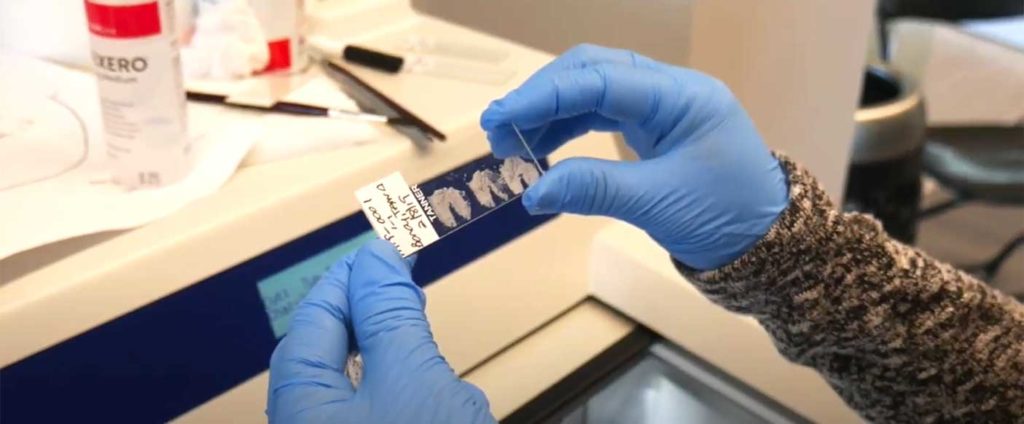
Tape Cover slips: Some Pros and Cons
- Tape cover slips are commonly utilized at a lab site when it is necessary to immediately ship slides out for external or out of house examination
- Tape cover slips tend to be dry; clean immediately
- A number of technicians find tape cover slips more “user-friendly”, in the main part because slides tend to be less troubled by air bubbles, and there are fewer issues with slide-sticking
- Plastic cover slips are fine for the limited use of microscope light polarization within every day, routine pathology labs; further, oil immersion with cover slips sometimes causes technical issues
- Tape cover slips are not superior for clear fluorescence; however, the tape adheres very well with xylene.
Glass Cover Slips: Some Pros and Cons
- Glass cover slips are flat, thin pieces of transparent glass – typically rectangular or square in shape – that are utilized to place over slides containing tissue ready for microscope-viewing
- Glass cover slips, even when used through automated machines, are more difficult to get scratched than their plastic counterparts
- Glass cover slips often help microscopes to better focus light on one, single point on a slide while also reducing extra “noise” around the sample image
- Glass cover slips have a better reflective index than plastic ones (although glass cover slips are more fragile, and can break more easily, than plastic versions)
- Determine precisely why you need to produce the tissue slide through your automated machine. If the reason is to simply look at the slide without haste, using a plastic cover slip will typically reveal the same tissue data
- Since glass cover slips need to be loaded into the supply hopper, it is essential that any broken cover slips be removed from the interior of the machine; lab personnel must carefully maintain glass automated cover slippers every workday
Questions? Don’t hesitate to contact us. We’re here for you; we’re here to guide; we’re here to inform and to help.


